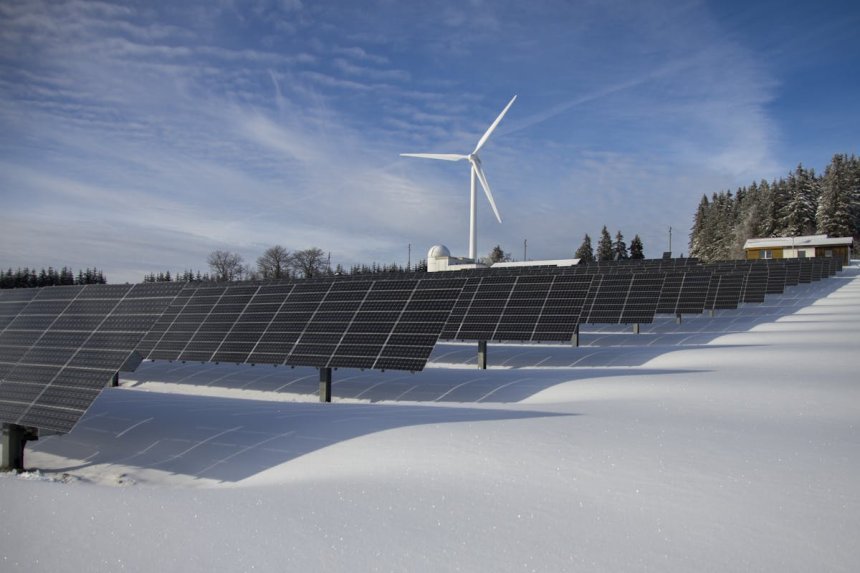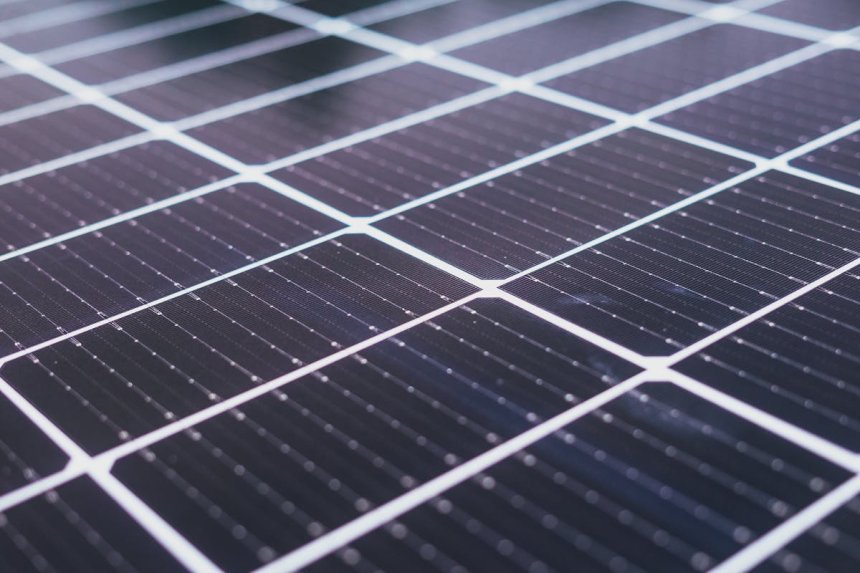Why Running the World on Solar Power Sounds Smart—but Might Be a Massive Mistake
In this article, we’ll dive into whether the world really can run 100% on solar energy. We’ll look at the hard science, the sneaky downsides, the mind-blowing amount of land it would take, and why some countries might actually be doomed from the start. Buckle up. This ride isn’t what most eco-optimists expect.

Let’s not sugarcoat it—solar power sounds like a dream come true. Free energy, forever sunshine (well, almost), and no more dirty fossil fuels messing with our climate. But here’s the uncomfortable truth nobody’s really talking about: depending entirely on solar might create more problems than it solves.
In this article, we’ll dive into whether the world really can run 100% on solar energy. We’ll look at the hard science, the sneaky downsides, the mind-blowing amount of land it would take, and why some countries might actually be doomed from the start. Buckle up. This ride isn’t what most eco-optimists expect.
The Solar Dream: Too Good to Be True?

In an hour, the sun provides Earth with more energy than we consume in a year. That is a stark, mind-numbing reality, not a metaphor. Therefore, the globe could theoretically run on solar power.
But here’s the twist. Capturing that energy, storing it, and distributing it worldwide? Whole different ballgame.
It's not enough to just install solar panels on rooftops and call it a day. If the world wanted to go all-in on solar, it would require a level of infrastructure, storage, and political willpower that makes building the Great Wall look like a weekend DIY project.
Global Energy Use vs. Solar Output: Do the Math
Let’s break it down.
- Global energy demand (2025): Around 600 exajoules per year (and growing).
- Average solar energy received by Earth per day: ~174,000 terawatts.
- Usable solar power after conversion efficiency (20%): About 34,800 terawatts.
Sounds like we’re swimming in sunlight, right? Technically, yes. But only about 0.03% of global energy today comes directly from solar. That’s… embarrassingly low.
Why?
Because energy isn’t just about supply. It’s also about timing, storage, transmission, and economic scale.
The Storage Nightmare Nobody Wants to Discuss
Here's the real villain in this story: energy storage.
Solar only works when the sun’s out (duh). But people use power 24/7. That means we need a way to store energy for nighttime, cloudy days, and winter months.
Lithium-Ion Batteries? Not Enough.
We would require hundreds of terawatt-hours of storage capacity to power the United States alone overnight using batteries. That would require an unimaginable amount of lithium, cobalt, and other rare-earth metals. And mining those? Environmentally nasty, to say the least.
Even the world’s largest battery project in California (the Moss Landing facility) can only store a few hours' worth of local demand. We’re not even close to what we’d need on a global scale.
Pumped Hydro? Too Localized.
Another option is pumped hydro (pumping water uphill when there’s excess solar, then letting it flow down at night). Cool idea, but it only works in very specific geographies. Try doing that in flat deserts or island nations.
Bottom line? Storing solar power is the Achilles’ heel of the “100% solar” fantasy.
Land, Land, and More Land (Hope You Don’t Like Forests)
You want the world to run on solar? Start clearing land.
According to estimates, we’d need over 50,000 square miles of solar panels to meet global energy demand. That’s roughly the size of Greece. And we’re not talking about random rooftops—we mean massive, uninterrupted solar farms.
But guess what? A lot of sunny areas are:
- Protected ecosystems
- Far from major cities
- Politically unstable
Plus, the transmission losses when moving solar power from remote deserts to urban hubs? Huge.
And don’t forget the massive water use for cleaning panels and cooling batteries in dry climates. Irony much?
What About Cloudy, Crowded Countries?
Let’s be real—not all countries are blessed with sunshine. Places like the UK, Scandinavia, or Japan face long, gray winters. Solar power in these regions dips dramatically for months.
So what do they do? Import energy? That creates dependency. Build insane amounts of batteries? Expensive and ecologically damaging. Switch to nuclear or hydro backup? Then it’s not “100% solar” anymore, is it?
This global imbalance makes it almost impossible to run the whole world on solar power alone—unless we invent near-perfect storage and teleportation tech. Not happening anytime soon.
Solar Panel Manufacturing: The Dirty Secret
This part might sting.
Making solar panels involves:
- Mining quartz and rare metals
- Melting at super high temperatures (with coal!)
- Using toxic chemicals like cadmium and lead
- Generating carbon emissions during manufacturing
Therefore, solar production is anything from clean, even while solar use is. Additionally, China uses coal-heavy electricity to produce the majority of the world's panels. We weren't exactly promised a green revolution like that.
Panel Recycling: We're Not Prepared
Each panel lasts for about 25 to 30 years. This will result in the accumulation of millions of tons of solar waste by 2050. And what do you know? We don't yet have the infrastructure in place to recycle them.
Even worse, a lot of older panels contain hazardous compounds that, if carelessly disposed of, might seep into the ground.
Going "all solar" at this time is like to holding a party while neglecting the cleanup. The mess will be cleaned up by future generations.
A More Realistic Future: Solar + Everything Else
Look, I’m not here to bash solar. It’s amazing. It’s necessary. But let’s stop pretending it can do everything on its own.
The smart future is a hybrid one:
- Solar during peak daylight
- Wind at night and during storms
- Nuclear as a stable base
- Hydro for specific regions
- Geothermal where available
- Grid sharing between countries
- Smarter consumption (like using appliances during sunlight hours)
And yes, solar will play a huge role—maybe even the biggest. But not the only.
Share
What's Your Reaction?
 Like
0
Like
0
 Dislike
0
Dislike
0
 Love
0
Love
0
 Funny
0
Funny
0
 Angry
0
Angry
0
 Sad
0
Sad
0
 Wow
0
Wow
0










